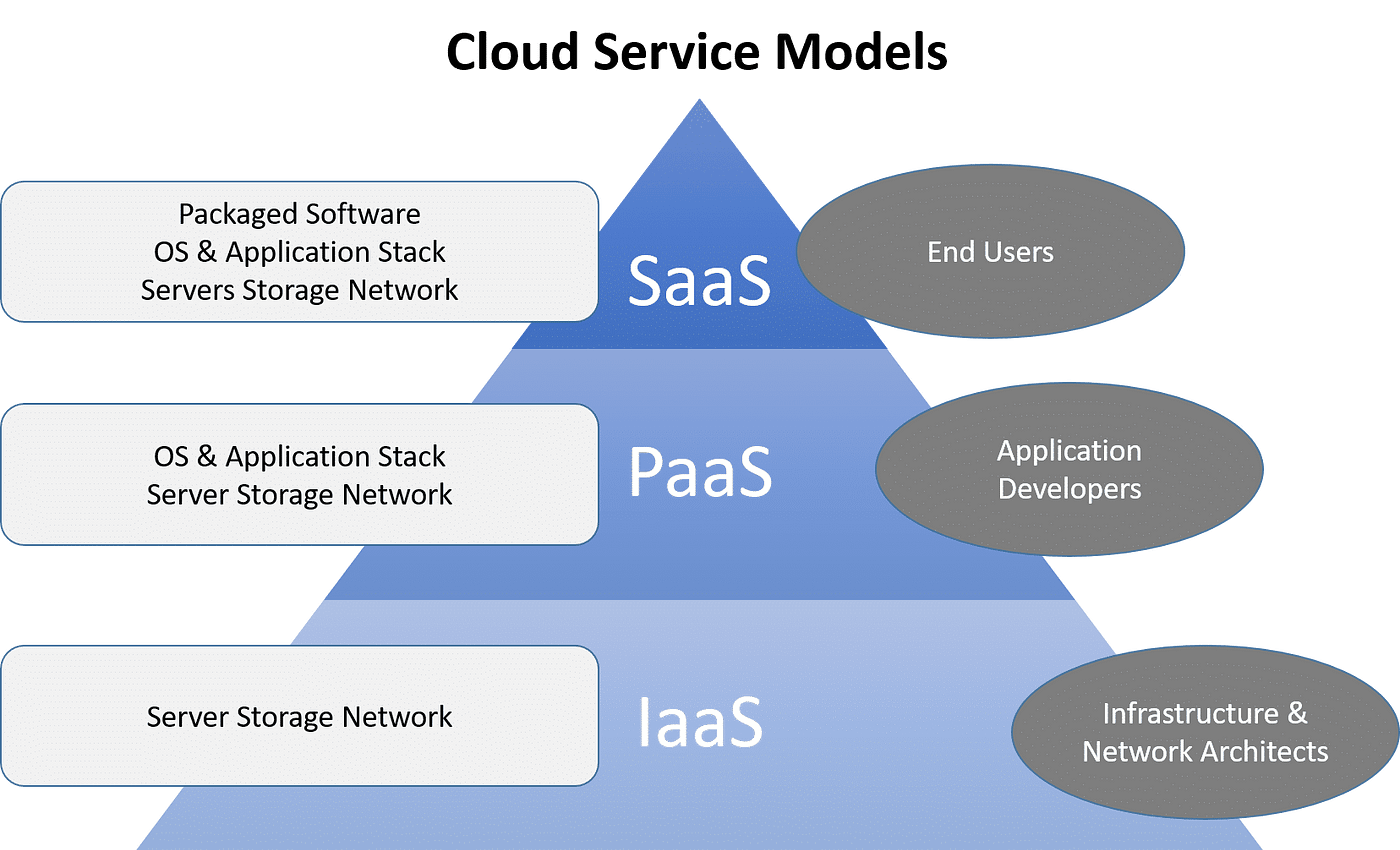Leading Advantages of Cloud Services: Boost Your Organization Performance and Versatility
Transform Your IT Infrastructure With Cloud Services
In today's fast-paced business landscape, the role of IT infrastructure can not be underestimated. Embracing cloud services supplies companies a myriad of advantages, from raised adaptability to enhanced partnership. The journey to transforming your IT infrastructure is not without its difficulties. As innovation remains to evolve, staying ahead of the contour and making educated decisions about cloud options is critical. The key hinge on comprehending how cloud services can improve your organization's IT landscape and drive innovation.
Benefits of Cloud Solutions
Leveraging cloud services supplies organizations a affordable and scalable solution for handling their IT facilities. One of the essential benefits of cloud services is the adaptability they offer.

Additionally, cloud services promote collaboration and remote work by providing employees with access to data and applications from anywhere with an internet connection. This accessibility enhances productivity and permits smooth partnership amongst staff member, no matter of their physical area. Generally, the benefits of cloud services are substantial, making them an eye-catching alternative for organizations wanting to modernize their IT framework.

Migration Approaches
To effectively change to cloud services, companies need to very carefully implement and prepare migration approaches that straighten with their service goals and IT needs. The initial step in this process is to perform an extensive analysis of the existing IT framework to identify which information and applications can be migrated to the cloud. Organizations should focus on work based on variables such as safety needs, performance requirements, and conformity regulations.
When the analysis is total, companies can pick one of the most suitable migration strategy. This can consist of rehosting, refactoring, rearchitecting, or restoring applications for the cloud environment. When selecting the migration strategy., it's important to consider factors like price, time, and intricacy restrictions.
Additionally, organizations should develop a detailed movement strategy that describes the timeline, sources, and duties for every step of the migration procedure - linkdaddy cloud services press release. Routine testing and monitoring are crucial to ensure a smooth change and decrease disturbances to service procedures. By complying with these migration strategies, organizations can unlock the complete possibility of cloud services and drive advancement within their IT framework
Protection Considerations
Making certain durable safety and security measures is paramount when integrating cloud solutions into a company's IT facilities. The change to the cloud brings distinct protection considerations that need to be addressed to safeguard delicate information and maintain functional honesty. One essential facet to consider is data security both in transit and at remainder. Security assists guard information from unapproved access, making sure that even if information is obstructed, it continues to be unreadable.
Additionally, executing solid accessibility controls is essential. This includes defining individual authorizations, verification methods, and keeping track of accessibility to stop unapproved individuals from gaining entry to delicate sources. Regular safety and security audits and analyses are essential to identify vulnerabilities and make sure conformity with industry regulations.
Furthermore, organizations must have a durable event action plan in location to quickly attend to protection breaches or data compromises. This strategy needs to describe actions to consist of the incident, reduce damages, and recover typical operations successfully. By prioritizing you could check here safety and security considerations and applying positive steps, organizations can with confidence leverage cloud solutions while securing their digital properties.
Cost-Saving Tips
When streamlining IT facilities with cloud solutions, organizations can optimize their spending plan via tactical cost-saving ideas. In addition, businesses can conserve on functional costs by decreasing the requirement for on-site upkeep and support staff, as lots of cloud solutions supply automated updates and assistance.
Another cost-saving suggestion is to very carefully check and adjust cloud use to stay clear of unneeded expenditures. By routinely examining use information and scaling sources up or down based upon need, companies can ensure they are not spending too much on extra capacity. Additionally, thinking about hybrid or multi-cloud cloud remedies can likewise cause set you back financial savings by permitting companies next to choose the most affordable services for each and every work.
Future Trends
The development of cloud services is shaping the future landscape of IT framework. As we look in advance, numerous vital patterns are poised to affect exactly how organizations leverage cloud services to boost their IT procedures.
One more prominent trend is the increase of side computer together with cloud services. Edge computing brings handling closer to the data resource, decreasing latency and enabling real-time information analysis. This pattern is find out this here specifically crucial in markets such as IoT, self-governing lorries, and health care, where prompt decision-making is crucial.
Additionally, the combination of expert system (AI) and artificial intelligence (ML) abilities right into cloud services is readied to redefine exactly how companies extract insights from their information. AI-driven automation, anticipating analytics, and personalized client experiences are simply some of the methods AI and ML are revolutionizing cloud solutions.
Conclusion
To conclude, cloud solutions use countless benefits for companies aiming to transform their IT framework. By executing movement strategies customized to particular requirements and prioritizing safety considerations, organizations can achieve expense financial savings and improved performance. Embracing cloud solutions can lead to a much more agile and competitive business landscape, enabling greater adaptability to changing market problems and boosted cooperation amongst groups. As companies proceed to take advantage of cloud options, they can stay ahead of future trends and drive innovation in the digital age.

Guaranteeing durable protection actions is paramount when incorporating cloud services into a company's IT infrastructure.In conclusion, cloud solutions supply numerous benefits for organizations looking to transform their IT infrastructure.